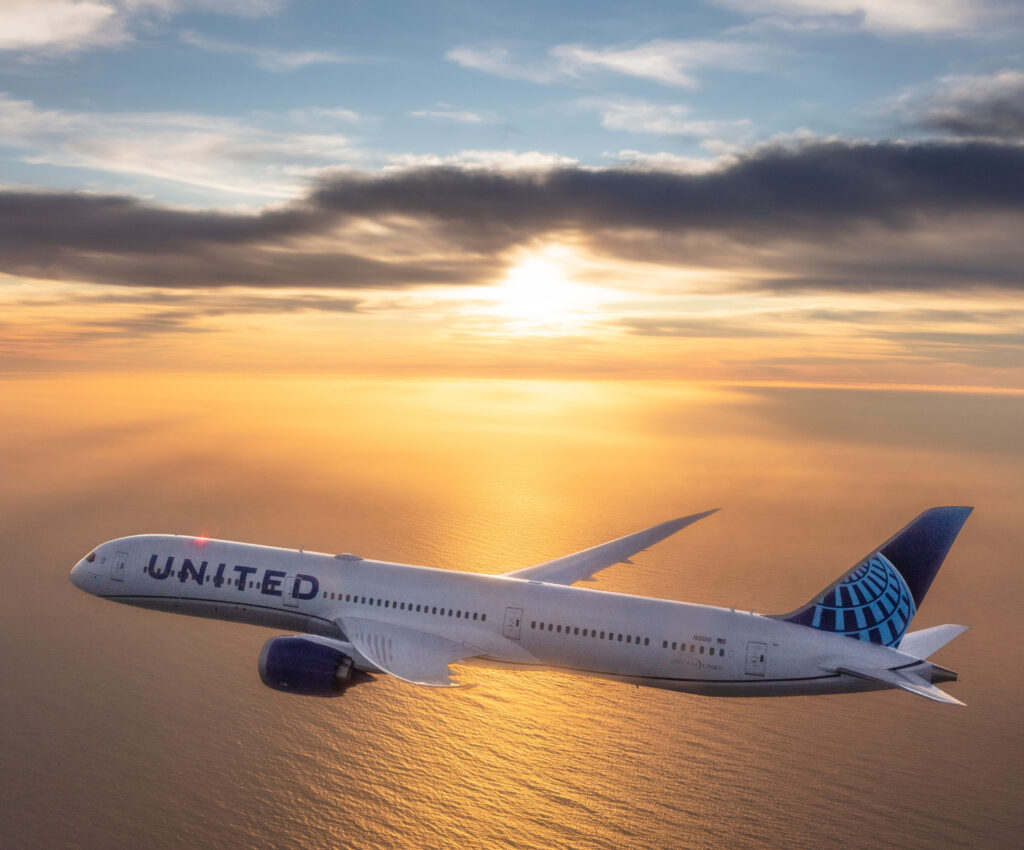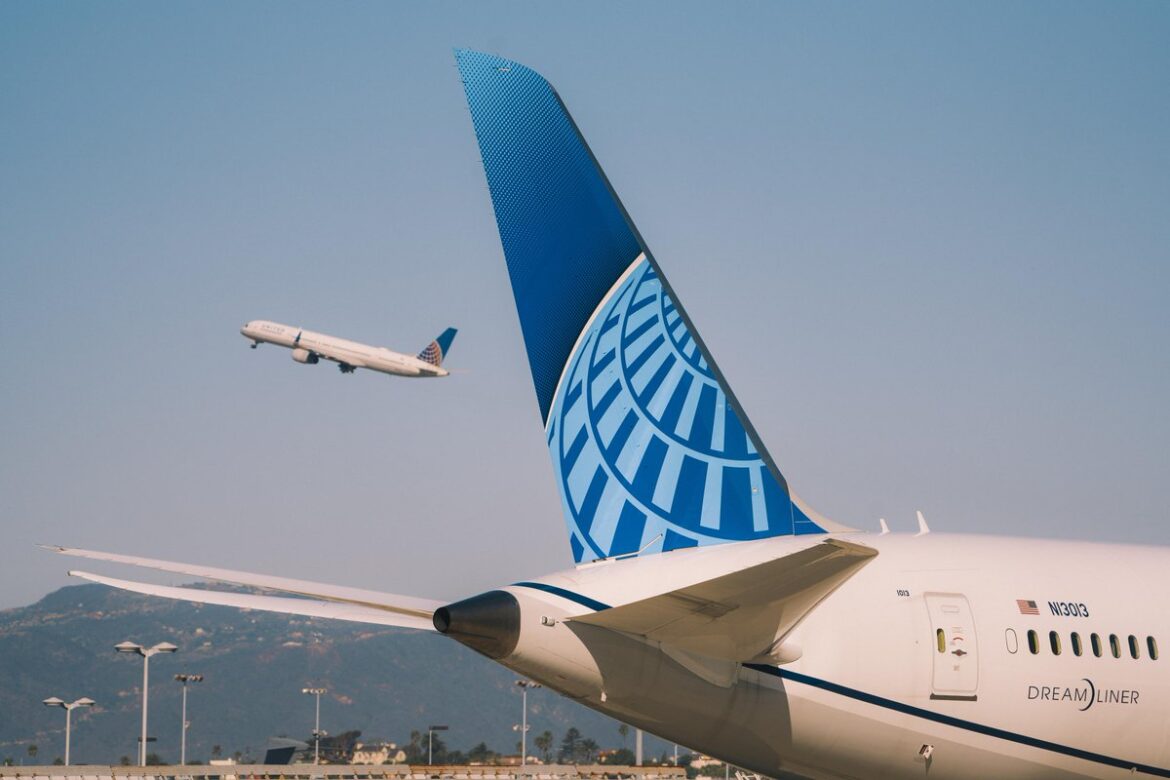Advertiser & Editorial Disclosure: The Bulkhead Seat earns an affiliate commission for anyone approved through the links below. This compensation may impact how and where links appear on this site. We work to provide the best publicly available offers to our readers. We frequently update them, but this site does not include all available offers. Opinions, reviews, analyses & recommendations are the author’s alone, and have not been reviewed, endorsed, or approved by any of these entities.
United Airlines flight UA1 from San Francisco International Airport (SFO) to Singapore Changi Airport (SIN) hit severe turbulence that left five injured on March 27th. If this sounds familiar, it’s because this is the second incident over the past year that has involved a Singapore-bound aircraft getting caught in some rough air that led to injuries (and sadly one death in the 2024 incident on a Singapore Airlines flight).
The United Boeing 787-9 was carrying 174 passengers and 14 crewmembers. The incident occurred when it neared Claveria in the Philippines and was cruising around 40,000 feet according to the Federal Aviation Administration (FAA). Four passengers sustained minor injuries, but one flight attendant suffered more severe trauma. The aircraft landed safely at Singapore Changi Airport (SIN), but remained grounded there until April 5th while it was thoroughly inspected.
In May 2024, Singapore Airlines flight SQ321 from London Heathrow Airport (LHR) to Singapore Changi Airport (SIN) hit severe turbulence en route and was forced to divert to Bangkok’s Suvarnabhumi Airport (BKK). The turbulence was so intense that one passenger died and as many as 71 others were injured. In light of the incident, Singapore Airlines made some changes to its in-cabin service to keep flight attendants safer when the seatbelt sign is illuminated.

Paddle Your Own Kanoo shares that this aircraft seems to have some sort of curse hanging over it as this was the fifth incident that the Boeing 787-9 had experienced since 2015. Other incidents include:
- November 7, 2015: Flight attendant taken to hospital with a fractured ankle in Houston after a severe turbulence event.
- November 28, 2017: Severe turbulence injures flight attendants and causes an emergency medical diversion to Tokyo.
- July 2, 2020: The aircraft made a high-speed landing at Tokyo Narita International Airport (NRT) due to a problem with the leading edge flaps on its wing.
- September 26, 2024: Computer displays on the Captain’s side of the cockpit went blank and caused an emergency diversion to Chicago O’Hare International Airport (ORD).
Anthony’s Take: I hope that the injured flight attendant is able to quickly heal. This is why it’s important for passengers to always wear their seatbelts. You never know when turbulence will hit and it’s easy to get thrown around if you’re not buckled in.
User Generated Content Disclosure: The Bulkhead Seat encourages constructive discussions, comments, and questions. Responses are not provided by or commissioned by any bank advertisers. These responses have not been reviewed, approved, or endorsed by the bank advertiser. It is not the responsibility of the bank advertiser to respond to comments.
Advertiser & Editorial Disclosure: The Bulkhead Seat earns an affiliate commission for anyone approved through the links above This compensation may impact how and where links appear on this site. We work to provide the best publicly available offers to our readers. We frequently update them, but this site does not include all available offers. Opinions, reviews, analyses & recommendations are the author’s alone, and have not been reviewed, endorsed, or approved by any of these entities.
